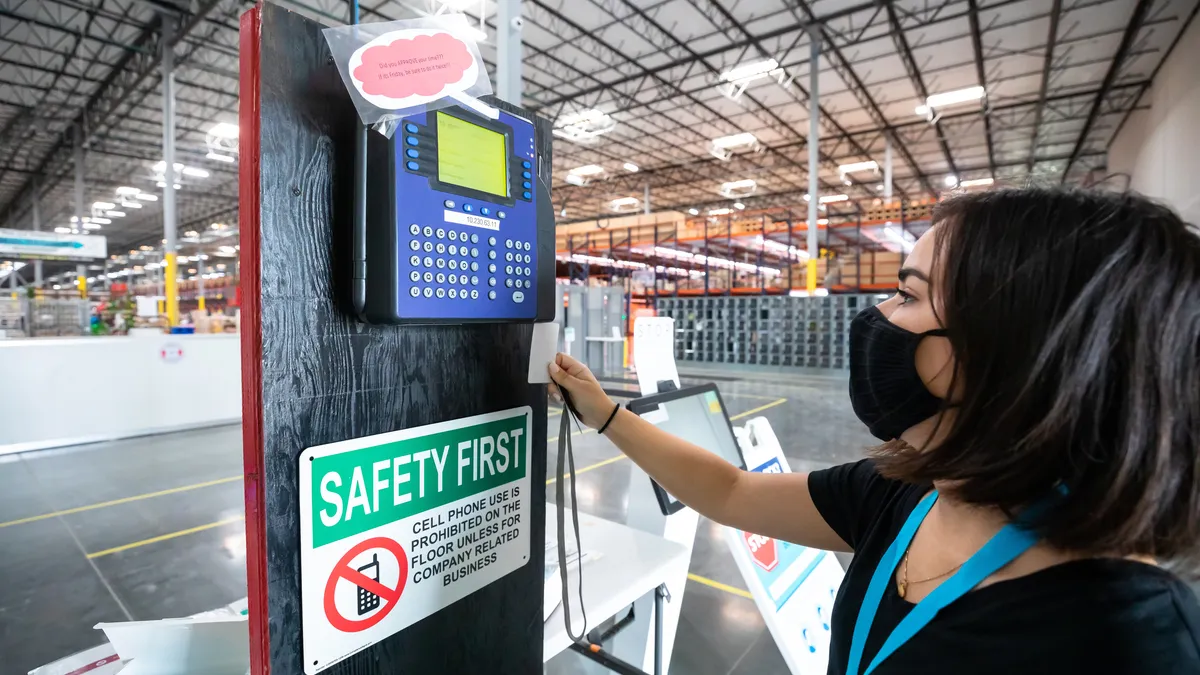Dive Brief:
- Employers spent $1,299 per employee in 2018 on learning programs, slightly higher than in 2017, according to the Association for Talent Development's industry benchmarking report. Workers averaged 34 hours of formal learning, or the equivalent of about four eight-hour workdays, holding mostly steady with recent years.
- In 2018, 62% of learning spending went to "internal services," including in-house development and the salaries of on-staff learning pros, while 27% went to external learning suppliers. The remaining 11% went to tuition reimbursement, right in the middle of the 8% to 15% range that ATD recorded in recent years. While larger companies spend far less per employee compared to medium-sized and smaller companies, workers at those employers also use more learning hours thanks to economies of scale.
- The traditional live classroom set up is still popular, the report noted; more than half of formal learning hours were spent there, with e-learning coming in second. Managerial and supervisory skills were the top learning content priority, ATD said.
Dive Insight:
Employers are serious about learning initiatives, as reflected in the reported rise learning expenditures. In a tough labor market, some now consider employee development programs an investment rather than a cost center thanks to learning's positive impact on retention and engagement. Learning professionals are also a more active part of people management, connecting directly with managers to identify skill gaps and improve performance across the board.
But engagement remains uneven, other studies have shown. Only 27% of employees in a recent survey from Intrepid found their employer's L&D to be "embedded in the organization, meaningful and useful." Another 41% of respondents said their learning programs "tick a box." Employers may have to reconsider how and why they deploy learning programs to ensure they offer the programs employees find useful. A majority of respondents in an August Axonify study said an employer would be more appealing if it offered training "designed to develop their skills for the future," for example.
Management skills and soft skills may be a large part of these "skills of the future," especially if employers want to keep workers on board. Managers are often seen by their direct reports as overwhelmed, poor listeners, biased and unfair, among other flaws, a recent VitalSmarts survey revealed — and many feel stressed by their responsibilities. Serious training can go a long way in helping managers feel more comfortable in their positions and ensuring employees stay for the long haul.










